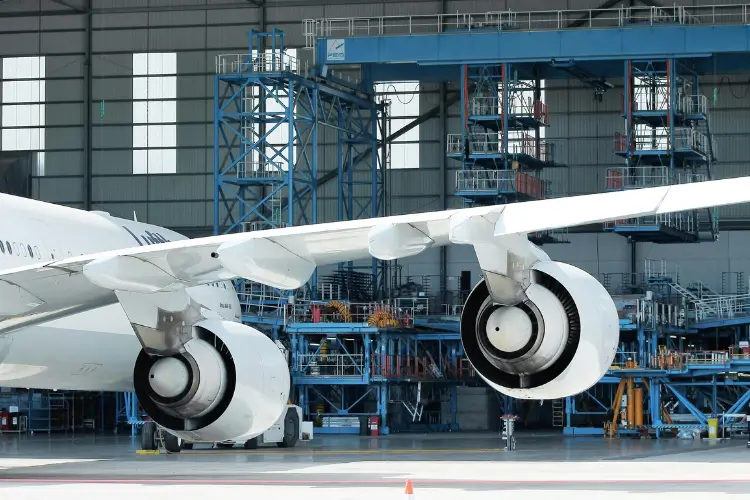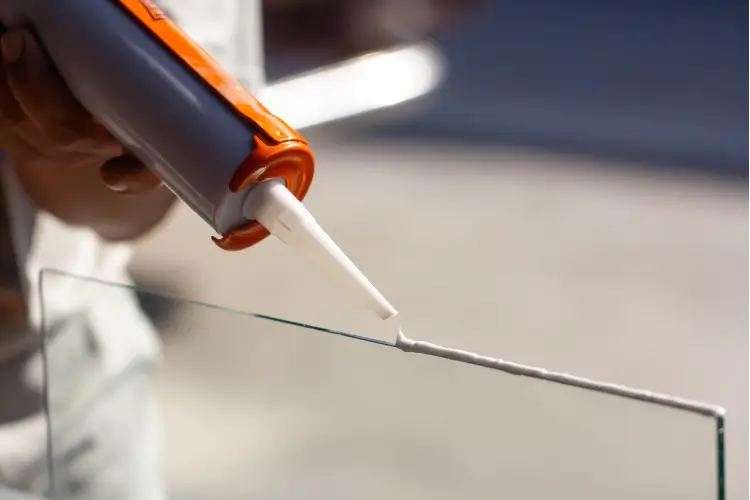Aircraft maintenance is a critical aspect of aviation that ensures the safety, reliability, and efficiency of every flight. This intricate process involves a series of detailed inspections, repairs, and upgrades that keep aircraft in optimal condition. Without rigorous maintenance protocols, the risk of mechanical failures increases, potentially leading to severe consequences. The complexity of maintaining an aircraft is often underestimated, but it requires a combination of skilled technicians, specialized tools, and strict regulatory compliance. This article delves into the key components that make up the comprehensive process of aircraft maintenance, providing a closer look at the essential activities that keep aircraft airworthy.
Regular Inspections and Routine Checks
Regular inspections and routine checks are essential components of comprehensive aircraft maintenance, ensuring that all systems are functioning properly and safely. These inspections involve thorough examinations of various aircraft components and equipment, including crucial tools like aircraft jacks. Airplane jacks are used to lift and support the aircraft during maintenance procedures, making their proper maintenance and calibration vital for operational safety. By performing consistent checks and maintaining these jacks in excellent condition, technicians can prevent potential issues and ensure that all maintenance tasks are carried out effectively. This diligent approach helps uphold high safety standards and keeps aircraft in optimal working condition.
Engine Maintenance and Overhaul
The aircraft engine is a complex and powerful machine that requires meticulous care to maintain its efficiency and reliability. Engine maintenance includes routine checks, cleaning, lubrication, and the replacement of worn-out parts. Over time, engines undergo overhauls, which involve disassembling, inspecting, and rebuilding the engine to ensure it meets performance standards. These overhauls are critical for extending the life of the engine and ensuring it operates safely under extreme conditions. Engine maintenance is a specialized area that requires highly trained technicians who understand the intricacies of turbine and piston engines.
Avionics System Checks and Updates
Avionics systems are the electronic systems used on aircraft, including navigation, communication, and flight control systems. Regular checks and updates of these systems are essential for maintaining the accuracy and functionality of an aircraft’s electronic components. Technicians must ensure that all avionics systems are calibrated correctly and are free from malfunctions that could affect the aircraft’s performance. Software updates are also a crucial part of avionics maintenance, as they provide the latest enhancements and fixes for potential issues. Keeping avionics systems up to date is vital for ensuring the aircraft can navigate and communicate effectively during flights.
Structural Integrity and Repairs
The structural integrity of an aircraft is fundamental to its ability to withstand the stresses of flight. Over time, aircraft structures can develop cracks, corrosion, and other forms of damage due to constant exposure to varying environmental conditions. Maintenance teams conduct thorough inspections of the aircraft’s structure, looking for any signs of deterioration that could weaken the airframe. Repairs are carried out using specialized techniques and materials that restore the structural strength of the aircraft. Maintaining the structural integrity of an aircraft is crucial for ensuring it can handle the demands of flight without compromising safety.
Landing Gear Maintenance
An aircraft’s landing gear is an essential part since it bears the plane’s weight as the plane takes off, lands, and taxis. Landing gear needs frequent maintenance to guarantee its dependability because of the tremendous stress it undergoes. This include testing the hydraulic systems, repairing worn-out parts, and evaluating the gear for signs of wear and tear. In order to land safely, it is crucial to maintain the landing gear properly. Any malfunction in this system might have disastrous consequences. The landing gear’s performance is dependent on the maintenance crew’s careful examination and service of it.
Compliance with Regulatory Standards
Aircraft maintenance is governed by strict regulatory standards set by aviation authorities such as the Federal Aviation Administration (FAA) and the European Union Aviation Safety Agency (EASA). These regulations ensure that all maintenance activities are carried out to the highest safety and quality standards. Compliance with these standards involves keeping detailed records of all maintenance work, following approved procedures, and using certified parts and tools. Regular audits and inspections by regulatory bodies are conducted to ensure that maintenance practices meet the required standards. Adhering to these regulations is essential for maintaining the airworthiness of the aircraft and ensuring the safety of passengers and crew.
Conclusion
The intricate process of aircraft maintenance is a testament to the dedication and expertise required to keep planes safe and operational. From routine inspections to complex engine overhauls, every aspect of maintenance plays a vital role in ensuring the aircraft’s reliability and safety. Avionics checks, structural repairs, and landing gear maintenance are all integral parts of this process, each requiring specialized knowledge and precision. Compliance with regulatory standards further underscores the importance of maintaining the highest levels of safety and quality in aviation. Understanding the depth and complexity of aircraft maintenance provides a greater appreciation for the meticulous efforts that go into every flight, ensuring that each journey is as safe and efficient as possible.




